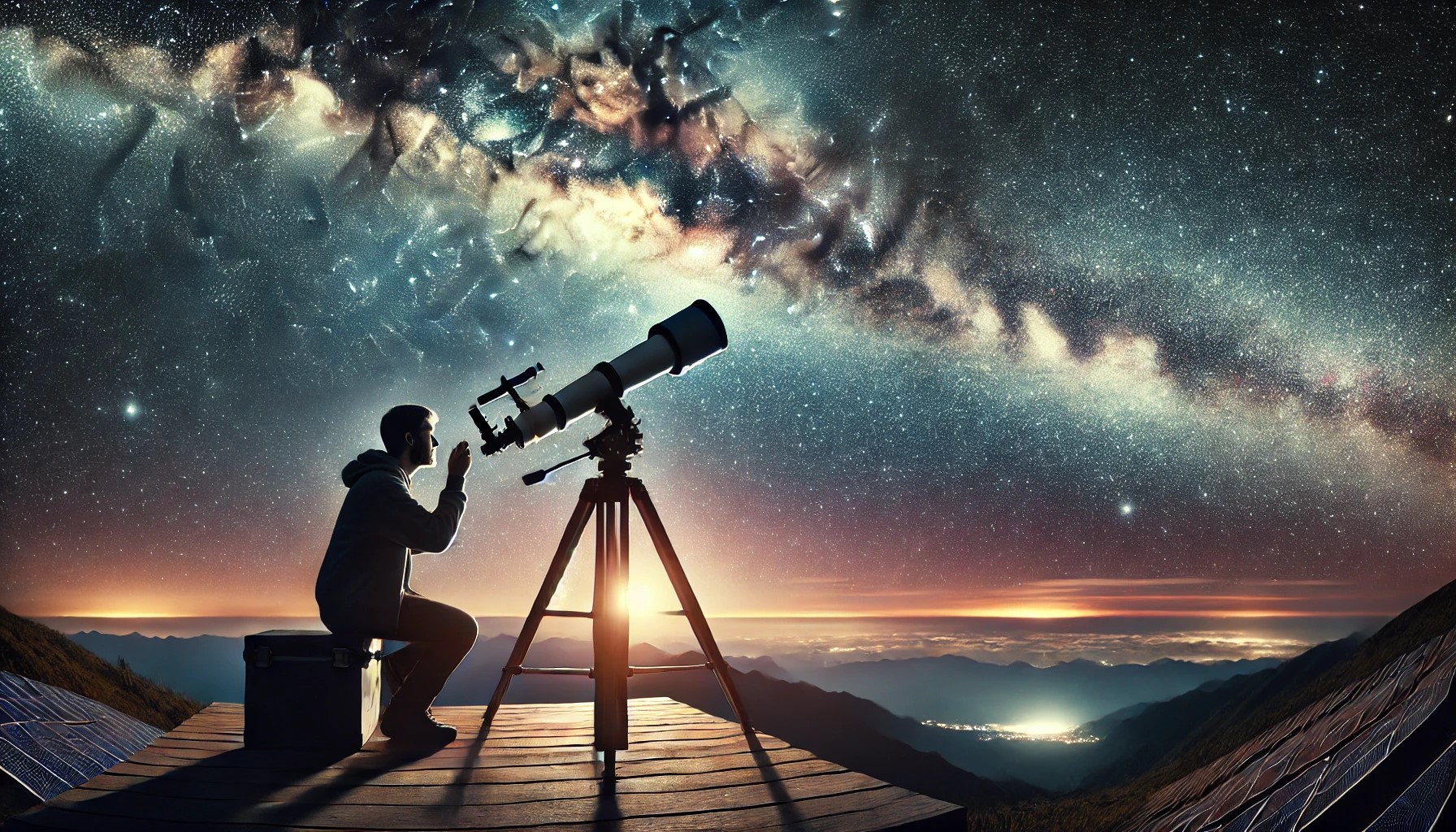Capturing the night sky in all its brilliance requires more than just a good camera and telescope. Light pollution, atmospheric distortion, and unwanted reflections can diminish the quality of an image. Using the right filters can improve clarity, contrast, and detail in astrophotography.
1. Light Pollution Filters
Light pollution washes out details in astrophotography, especially in urban environments. These filters block artificial light from sources such as streetlights and neon signs, allowing deep-sky objects to appear with greater contrast.
Best Options:
- Optolong L-Pro Filter – Balances color while reducing skyglow, preserving natural star colors.
- Astronomik CLS Filter – Cuts through city light while keeping nebulae and galaxies visible.
- IDAS LPS D2 – Targets modern LED streetlights, making it effective in most cityscapes.
2. Hydrogen-Alpha (Hα) Filters
For deep-sky imaging, hydrogen-alpha filters isolate specific wavelengths emitted by nebulae, bringing out details otherwise lost in standard photography.
Best Options:
- Baader Hα 7nm Filter – Offers sharp contrast and deep detail for nebula imaging.
- Astrodon Hα 3nm Filter – Captures extremely fine details by narrowing the wavelength range.
- Optolong Hα 12nm Filter – A budget-friendly option that still provides solid performance.
3. Oxygen-III (OIII) Filters
Oxygen-III filters isolate the emission lines from doubly ionized oxygen, enhancing contrast for planetary and emission nebulae.
Best Options:
- Astronomik OIII 6nm Filter – Blocks unwanted light while revealing fine nebular structures.
- Baader OIII 8.5nm Filter – Works well for both visual and photographic use.
- ZWO OIII 7nm Filter – Designed for deep-space imaging with high contrast.
4. Sulfur-II (SII) Filters
Sulfur-II filters capture deep-red emission lines, often used in narrowband imaging to produce stunning false-color astrophotography.
Best Options:
- Astrodon SII 3nm Filter – Provides unparalleled contrast and sharpness.
- Baader SII 7nm Filter – Offers a balance between affordability and performance.
- Optolong SII 6.5nm Filter – A solid choice for monochrome camera setups.
5. UV/IR Cut Filters
Infrared and ultraviolet light can cause unwanted blurring and halos in astrophotography. UV/IR cut filters help sharpen images by blocking wavelengths beyond the visible spectrum.
Best Options:
- ZWO UV/IR Cut Filter – Maintains true color balance for planetary and deep-sky imaging.
- Baader UV/IR Cut Filter – Provides crisp, clear images with high transparency.
- Optolong Luminance Filter – Ensures sharp details by removing unwanted IR and UV interference.
6. Neutral Density (ND) Filters
Neutral density filters reduce brightness without affecting color balance. These are useful for solar and lunar photography, preventing overexposure while maintaining detail.
Best Options:
- Baader Solar ND 3.8 Filter – Designed specifically for solar imaging.
- Thousand Oaks Optical ND 5.0 Filter – Safe for direct solar observation and imaging.
- Orion Variable ND Filter – Adjustable light reduction for lunar photography.
7. Color Filters for Planetary Imaging
Color filters enhance details in planetary imaging by isolating specific wavelengths of light. These filters improve contrast and reveal surface details that are otherwise hard to see.
Best Options:
- Red Filter (#23A) – Enhances Martian surface details and Jupiter’s bands.
- Blue Filter (#80A) – Brings out cloud structures on Jupiter and Saturn.
- Green Filter (#58) – Highlights lunar craters and Saturn’s rings.
Choosing the Right Filter for Your Needs
| Target | Recommended Filter |
|---|---|
| Nebulae (Emission) | Hα, OIII, SII |
| Light Pollution Reduction | CLS, L-Pro, IDAS LPS D2 |
| Planetary Imaging | Color Filters (Red, Blue, Green) |
| Solar Imaging | ND 3.8, ND 5.0 |
| Lunar Imaging | UV/IR Cut, ND Filters |
| Star Clusters & Galaxies | Light Pollution Filters, UV/IR Cut |
Using the right filters can improve astrophotography results significantly. Whether capturing deep-sky objects, planetary details, or solar features, the right choice will help produce crisp and detailed images.
